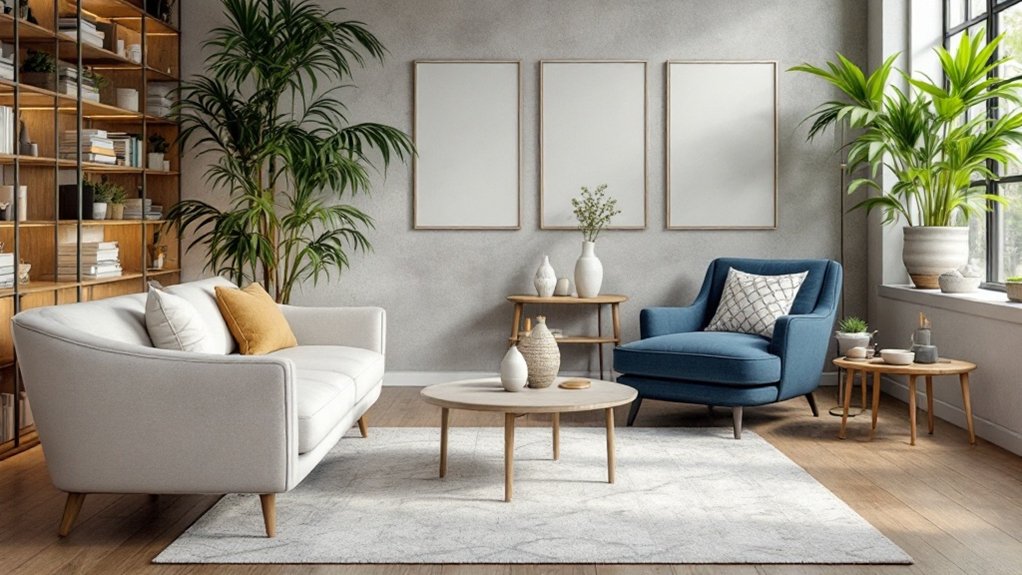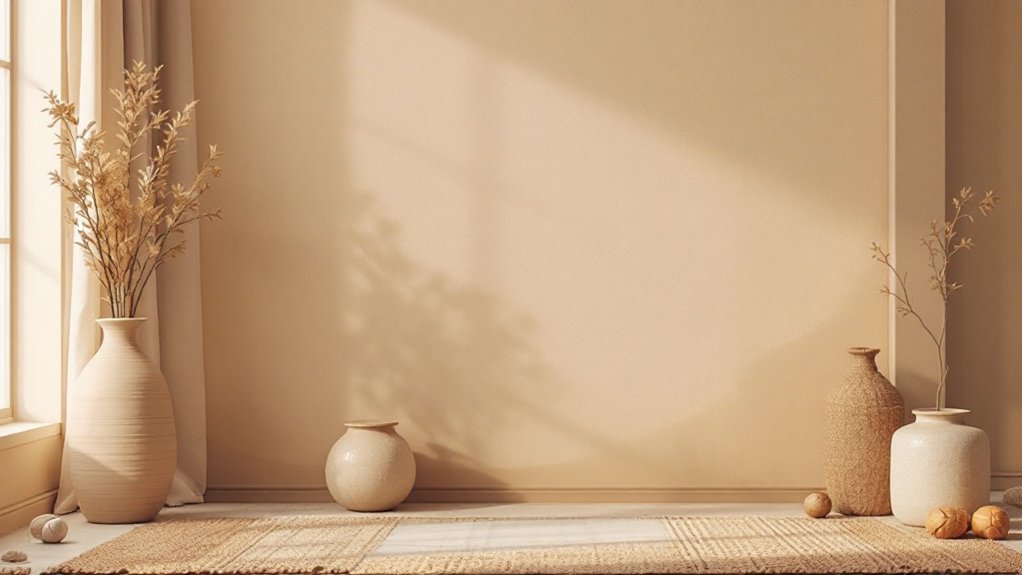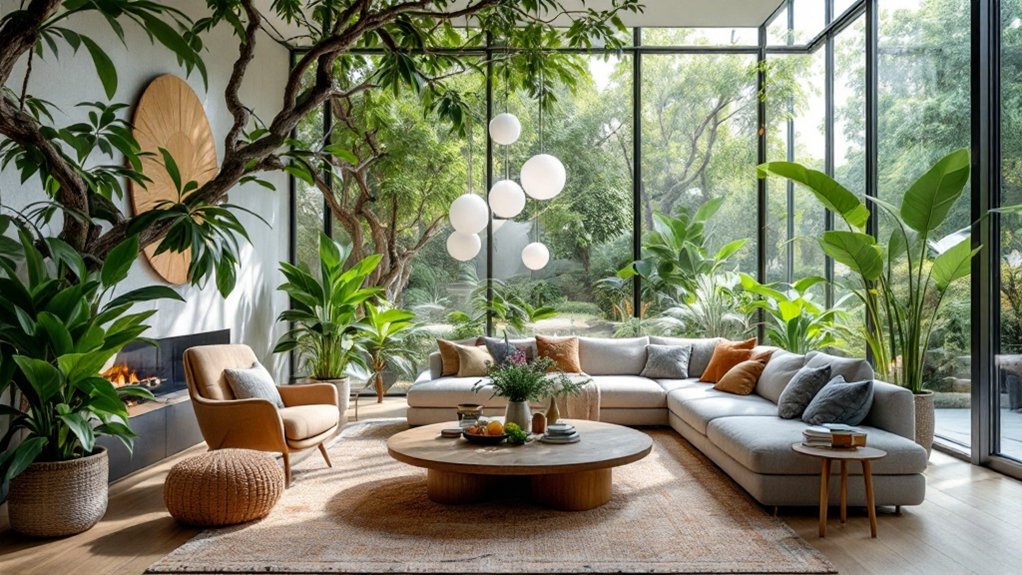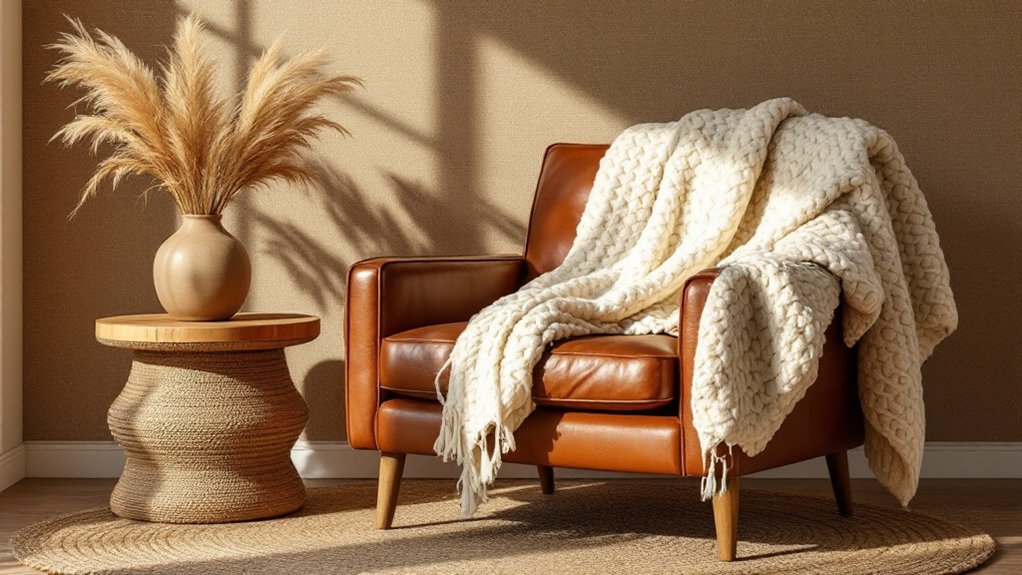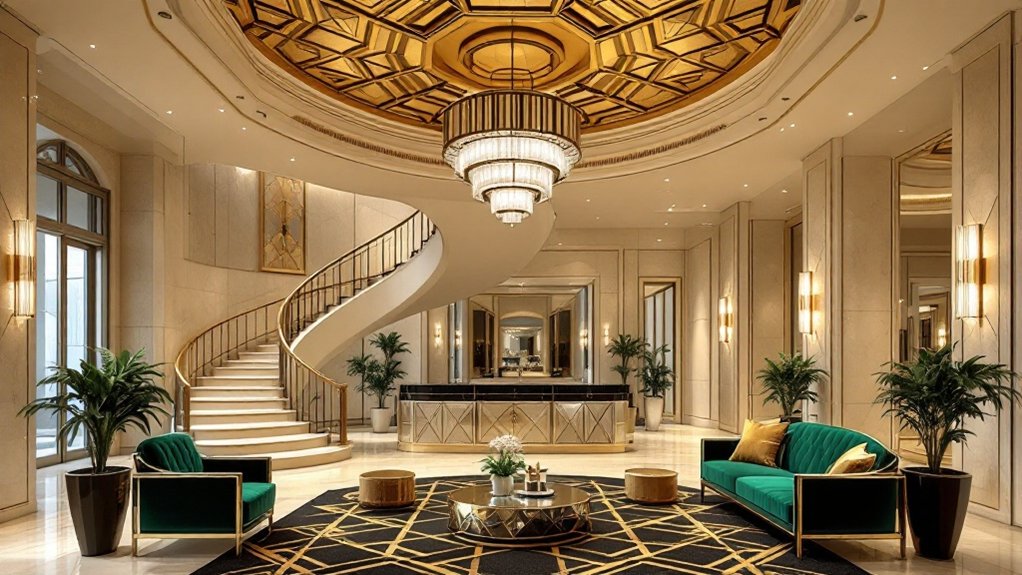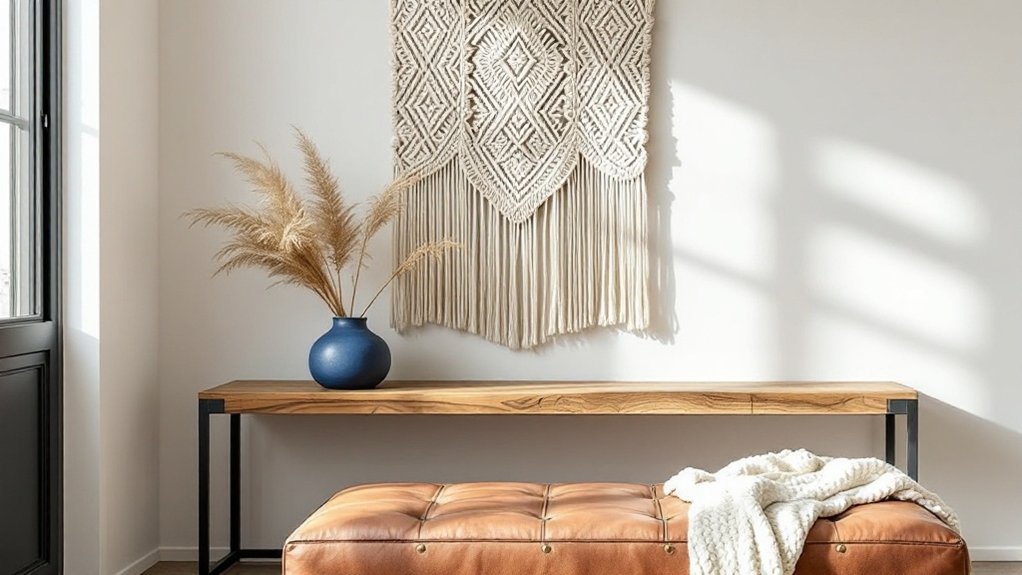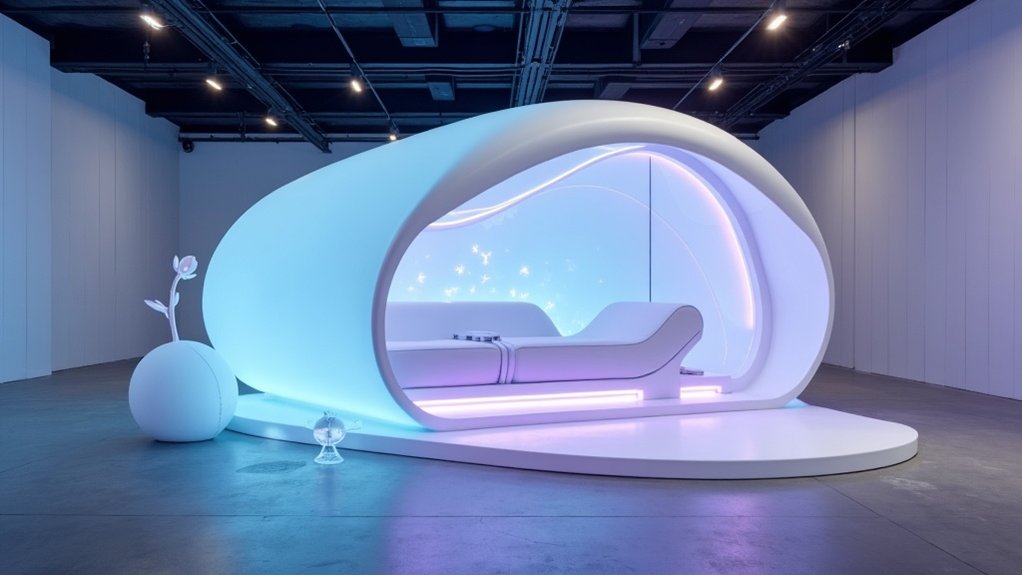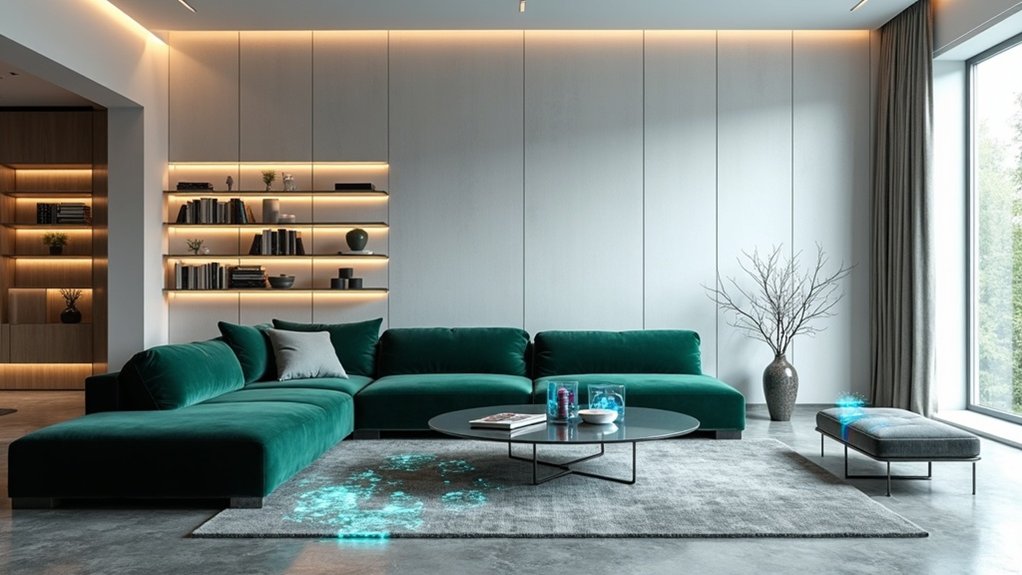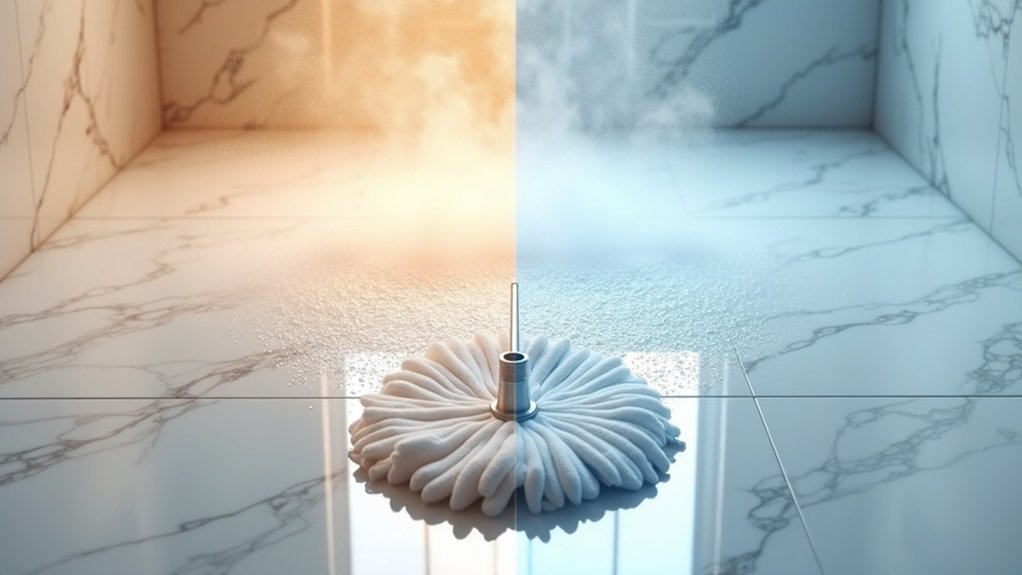The revival of 1970s interior design brings sophistication to modern spaces through earthy color palettes, bold geometric patterns, and tactile elements. Contemporary interpretations pair classic mustard yellows and burnt oranges with jewel-toned accents, while sustainable materials like rattan and bamboo honor the era's connection to nature. Statement pieces such as oversized armchairs and macramé wall hangings create inviting environments that balance retro charm with current sensibilities. This thoughtful fusion of past and present opens doors to endless design possibilities.

The psychedelic swirls, earthy color palettes, and bold geometric patterns of 1970s interior design represented more than just aesthetic choices—they embodied an era of radical self-expression and social transformation. As contemporary designers and homeowners rediscover these distinctive elements, they're finding fresh ways to incorporate the decade's most compelling features into modern spaces.
The signature palette of the 1970s continues to resonate, with mustard yellow, burnt orange, and olive green creating warm, inviting environments that feel both nostalgic and current. These earthy tones are now being expertly paired with jewel-toned accents and natural materials, reflecting a sophisticated evolution of the era's authentic charm. The shift toward these colors was deeply connected to the period's growing environmental awareness.
The warm embrace of 1970s color schemes finds new life through modern pairings, creating spaces that honor the past while celebrating contemporary design.
The revival of textural elements like velvet upholstery, shag carpeting, and macramé wall hangings adds tactile depth while honoring the period's emphasis on sensory experience. Bean bag chairs were essential for creating casual, laid-back seating areas, though their notorious difficulty to exit made them both amusing and impractical.
Perhaps most significantly, the decade's furniture designs have found new relevance in contemporary interiors. Oversized armchairs, conversation pits, and rattan pieces that once defined casual living spaces are being reinterpreted for modern comfort.
These pieces, combined with statement stone fireplaces and abundant indoor plants, create environments that balance style with livability.
The current renaissance of 1970s design demonstrates a deeper appreciation for the era's innovative approach to interior spaces. Today's designers are skillfully extracting the most enduring elements—like geometric patterns and natural materials—while leaving behind some of the decade's more challenging aspects.
The result is a refined interpretation that maintains the period's experimental spirit while adapting to contemporary tastes.
This revival goes beyond mere nostalgia, representing a thoughtful response to current desires for authenticity and personal expression in home design. By incorporating sustainable materials like rattan and bamboo, alongside bold patterns and organic colors, modern interpretations of 1970s style offer a compelling blueprint for creating spaces that are both environmentally conscious and aesthetically striking.
The enduring influence of this distinctive decade continues to shape our understanding of how interior design can reflect both individual personality and broader cultural values.
Frequently Asked Questions
How Do I Incorporate 70S Decor Without Making My Space Look Dated?
To incorporate 70s decor tastefully, one should focus on selective integration rather than full immersion.
Choose signature pieces like a sculptural arc lamp or rattan accent chair while maintaining a contemporary foundation.
Modern interpretations of classic elements—such as geometric patterns in updated colorways or plush textures in current hues—prevent spaces from feeling dated.
The key lies in treating 70s design as inspiration rather than recreation, balancing vintage charm with present-day aesthetics.
What Modern Materials Can Substitute for Vintage 70S Furniture Pieces?
Modern materials offer numerous sustainable alternatives to vintage 70s furniture pieces.
Engineered woods like MDF and FSC-certified bamboo provide eco-friendly substitutes for teak and rosewood, while high-performance synthetics like powder-coated metals replace traditional chrome finishes.
Contemporary upholstery innovations include stain-resistant bouclé and performance velvet, paired with hypoallergenic foam fillings.
Durable laminates and acrylics effectively recreate iconic 70s looks while offering superior durability and maintenance benefits.
Which 70S Design Elements Should Be Avoided in Contemporary Homes?
Several 70s design elements should be avoided in modern homes because of their impractical or dated nature.
Popcorn ceilings, wall-to-wall shag carpeting, and dark wood paneling can make spaces feel oppressive and outdated.
Excessive use of avocado green and harvest gold color schemes, along with overwhelming geometric patterns, should be minimized.
Sunken living rooms present safety concerns, while compartmentalized floor plans restrict natural light and limit functionality in contemporary living spaces.
Are There Child-Friendly Alternatives to Traditional 70S Shag Carpeting?
Several child-friendly alternatives to traditional 70s shag carpeting provide both style and safety.
Low-pile plush rugs offer similar comfort while reducing choking hazards and simplifying cleaning.
Flatweave and kilim rugs, when paired with thick padding, deliver durability and cushioning without loose fibers.
Washable synthetic options feature stain-resistant properties and machine-washable convenience.
Textured and patterned rugs provide engaging designs while maintaining safety standards through shorter, secured fibers.
How Much Should I Expect to Spend on Authentic 1970S Furniture?
Authentic 1970s furniture prices vary significantly based on piece type and provenance.
Entry-level items like side tables typically range from $125-350, while armchairs command $595-1,250.
Larger pieces such as sofas and credenzas can cost between $2,895-4,960.
Designer pieces from notable creators like Florence Knoll often fetch premium prices exceeding $8,800.
Material quality, condition, and geographic origin strongly influence costs, with Italian and Danish pieces typically commanding higher values.
